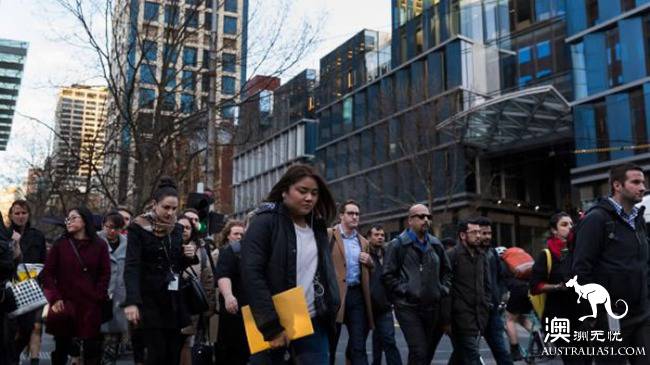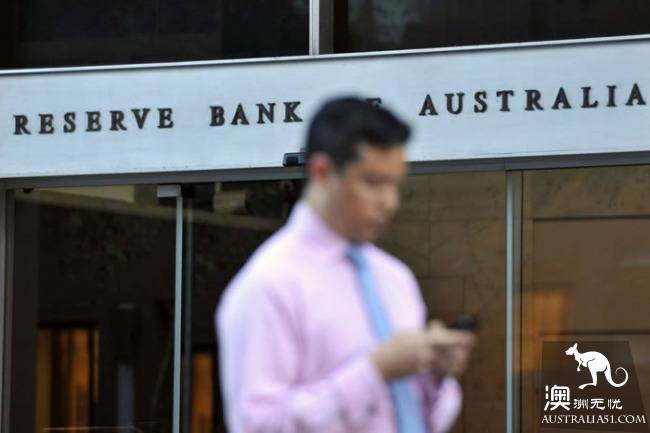Middle-class poverty, a new form of poverty in Australian society, dates back more than 40 years to the 1972 government survey.
The Henderson Poverty Index was presented by the Poverty Survey Committee chaired by Professor Ronald Henderson in 1972. The index, proposed by Professor Henderson as a measure of consumption, is indisputable, and the latest version is still the benchmark against which poverty is measured. Although the committee does not have a real impact on policy, its cultural implications are far-reaching.

More than 40 years later, the Royal Financial Commission finds that poverty is no longer just low income. Australia's banks have adopted actual lending standards different from the official lending policy, the commission said, allowing people to use most of their income to repay loans, and borrowers do not have enough money to support basic consumption. This led them to live in poverty.
Now the income of the "poor" population has greatly increased and has entered what we commonly call the middle class. The emergence of this phenomenon is not an accident, but a strategic policy of the banks.
How much do banks think a family needs to support their daily lives?
According to a document submitted to the Royal Commission by the Australian prudential Regulatory Authority (APRA), banks usually use household expenditure measures or the Henderson poverty index in loan calculators to assess borrowers' living expenses ". Aimed at capturing the impact of low-income factors, it now targets middle-income households in financial straits.

This is embarrassing for the regulator APRA, which oversees the banking business. To that end, it submitted a supplementary proposal to the Royal Commission in March.
APRA recommends that these low standards no longer be used, arguing that they understate household spending. In 2017, the agency used third-party auditors to conduct targeted reviews of sample loan files to ensure independence, the report said.
The review found that lending based on either of the two poverty indices was not consistent with sound risk management. The agency will discuss with banks to improve the current situation.
The popular point is that although the middle-income group does not have the lowest income, it is forced to become a house slave because of loans for home purchase and land purchase, and it is necessary to strive to make money to repay the money as soon as they open their eyes, and the repayment ratio set by the banks is still quite high. Few living expenses are left for borrowers, and the middle class is living in poverty.
In fact, also because of the characteristics of the middle class, this group faced such an awkward situation.
First, the middle-income population is the most at risk, with a high leverage ratio. They spend more of their income on repaying their loans than those with higher incomes.

Second, the assets of the middle-income population are single, with labour market skills, housing assets and pensions.
Third, these assets are illiquid and difficult to sell. After all, you cannot transfer your skills to another person, and housing costs are high and pensions are often difficult to obtain. By contrast, higher-income earners also hold more debt, but their assets are more diversified and liquid, generating income. By contrast, the low-income population holds a lower proportion of debt and is more diversified than the middle class, whose meagre assets are not confined to housing.
Fourth, middle-income people are underinsured or financially uninsured. Their insurance doesn't keep up with borrowing. Low-income people have better insurance. The middle class also faces compulsory insurance, such as car and health insurance. High-income groups have not increased their insurance, either, but they need less because they are more diversified and have more discretionary capital. In a business environment, highly leveraged, non-diversified, illiquid and unhedged financial units are considered high-risk.
It seems that the middle class, who is not in a position, is really embarrassed and can't afford to be hurt.
We also need to reasonably allocate our own property, reasonable investment, loans to buy housing as far as we can, careful not to get to Australia become a middle class, a loan fell into the middle class of poverty in the strange circle.